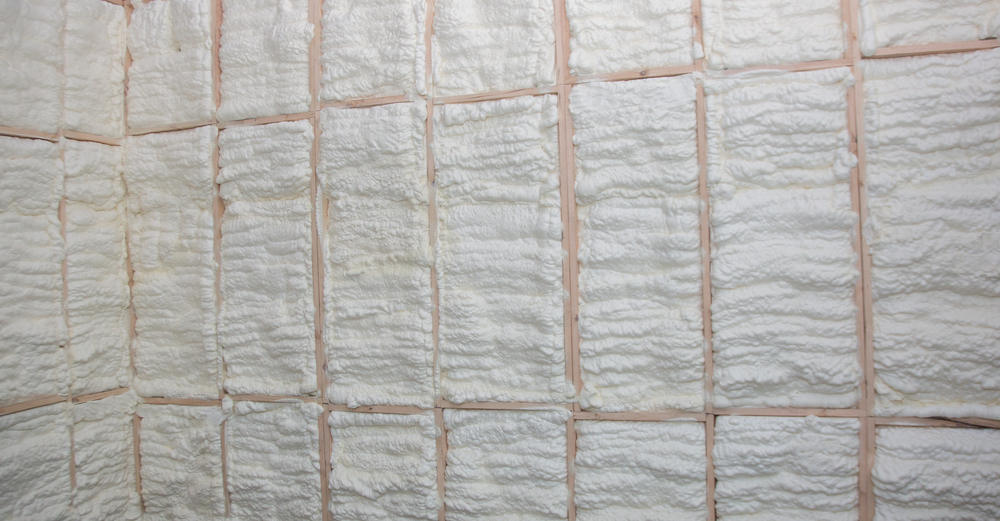
Choosing the right attic insulation for your home is an incredibly important decision. It can provide an extra layer of protection against the intense Florida sun rays or the heavy winds that arrive during hurricane season.
There are many good options to choose from, including fiberglass and cellulose, but have you heard of spray foam insulation? Maybe you’ve heard of it but don’t know a lot about it, so you need to do a little research before making a final decision.
Spray foam entered the market in the 1980s. While it was a newer substance then and wasn’t used as often, it has grown immensely popular over the last several decades. It’s a versatile form of insulation that can be added to attics, crawl spaces, and basements, but is it durable enough to last?
What Is Spray Foam Insulation?
Spray foam insulation made from polyurethane sprayed inside the walls of a home. It is available in both closed-cell and open-cell formulations. Closed-cell is the denser option, offering more resistance.
Higher density keeps moisture from moving through the foam, prevents drafts, and performs all the other functions of traditional insulation. Given these strengths, open-cell foam is not used as often.
Spray foam insulation expands after being sprayed, making it a good choice for those spaces with many cracks and crevices. Depending on the home layout, a professionally trained installer may utilize both closed-cell and open-cell spray foam.
Spray Foam Insulation vs. Fiberglass Insulation
Most homeowners are more familiar with fiberglass insulation, so it’s beneficial to compare the two to see how spray foam stacks up.
The advantages of spray foam include:
- Energy efficiency
- 300% greater R-value than fiberglass
- Potential lifespan of 80 years or more
- Fills in leaks to stop air and moisture from getting in
- Increases the structural integrity of the home
- May have a fire-retardant additive
One downside to spray foam is the price tag. It may be a bit more expensive, but the advantages are worth the increased budget for some.
Spray Foam Does Not Lose Its R-Value
R-value measures how well building insulation will keep the heat from flowing in and out of your home. Spray foam typically has a higher R-value to begin with. Since it doesn’t deteriorate over time, your home will remain protected. Fiberglass will need replacing in as few as ten years, even in ideal conditions.
Since the only way to replace fiberglass insulation is to tear down the drywall, you might end up looking at a pretty big renovation project!
Spray Foam Insulation Is a Remarkable Product
As with any new construction or home renovation project, every homeowner will have different needs and a different budget to keep. But there are numerous benefits to spray foam insulation that just can’t be beaten!
Although it may be tempting to take insulation installation on as a DIY project, this is one job that’s best left to the professionals. It can be a complex process that requires the proper tools and training. When you hire an experienced contractor, your spray foam insulation investment will continue to pay off for many years!

